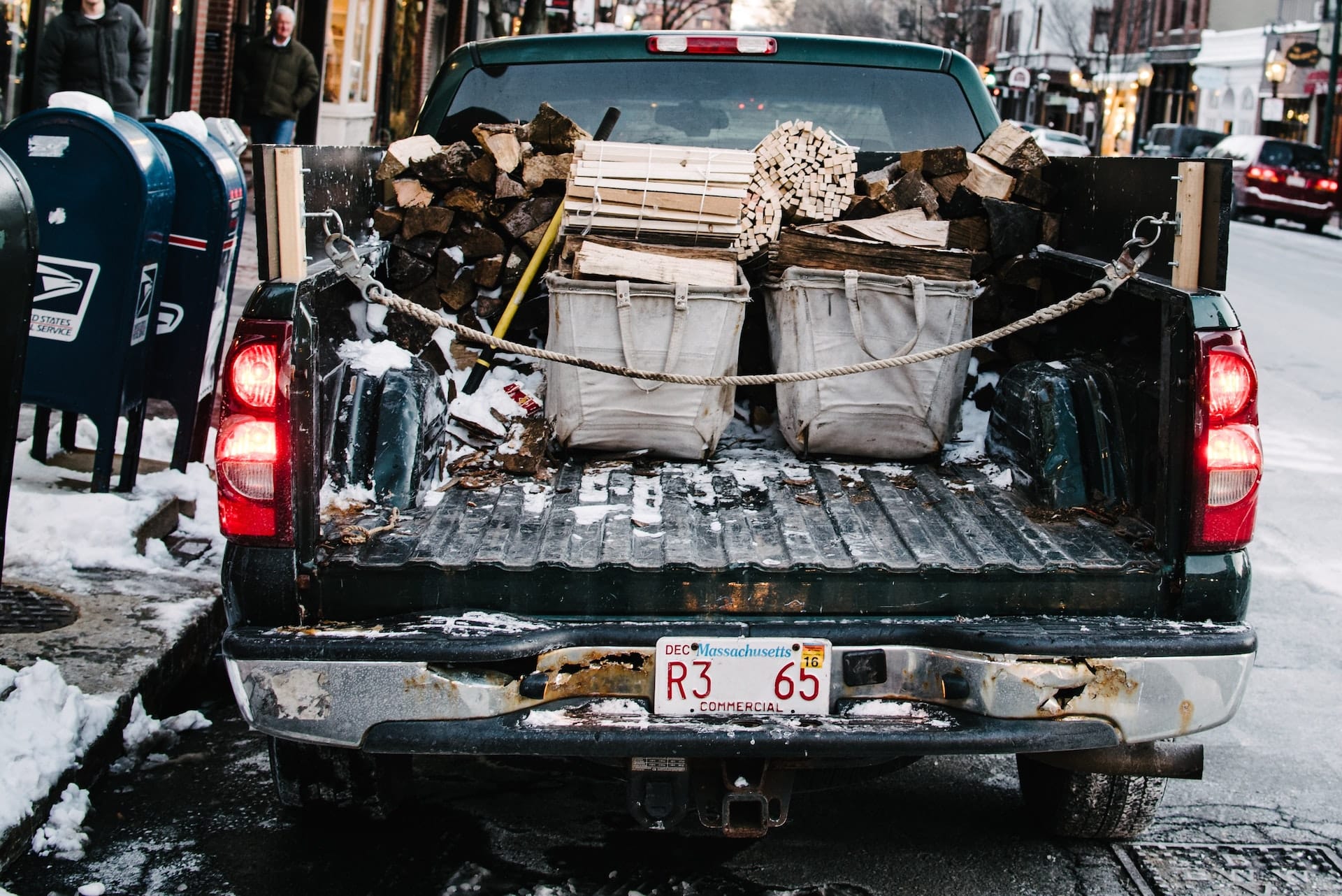On a recent hunt in the Kalahari, I made what appeared to be a beautiful shot on a waterbuck. He was quartering away, head down. I saw the arrow hit him just over where his leg met his body, a little forward of the armpit. We watched him walk slowly away, blood pouring down his leg. He stood at 200 yards for 30 minutes, stomping his feet with blood shooting out his nose every time he snorted. The guide was saying any minute he will fall down. He slowly walked off into the thick brush and then we waited a few hours and began to track.
Did we celebrate our hunt?
We picked up my arrow and saw I had about 15 inches of penetration with good, bubbly lung blood. As we walked along, we saw piles of blood. Where he stood, the pool was larger than a foot across with lung tissue. My tracker, Ishmael, patted me on the shoulder, shook my hand, and did a little dance.
I was not prepared to celebrate until we had the animal in the truck. As we all tracked my animal by blood and hoofprints, everyone agreed that he would be dead close by under a tree. Unfortunately, we did not find him that night or the next day…the guide found him 2 days later, recently deceased.
Sometimes, there appears to be no rhyme or reason peripherally why some animals fall down and others live on to survive another day. As we mature as hunters, we often will have lost an animal or two. That is a humbling experience and our language changes. We all know when our shot was marginal or something happened on the way to the animal. Even with practice, everyone makes a bad shot.
Most hunters will say a clean miss is better than a marginal shot. We may have lived through a scenario where we told everyone we had killed an animal and we do not bring it home. I have been lucky that the two big game animals I have lost happened with guides with amazing trackers. So I knew that everything that could have been done was.
As new hunters, we do not think about what happens after the shot. We watch TV or YouTube and then all of a sudden, there the animal is, dead on screen or right down the hill. This does not often happen.
Even the best shots can result in a lost animal. My advice is to be patient, wait for a good shot and follow through. Following through means: watching where the projectile hit, seeing how the animal behaves and then waiting before tracking. Waiting after the shot is the hardest part as you sit and shake with adrenaline, but it is always better to let the animal make a bed and not push them. A pushed animal is often not found. We did not do anything wrong in this case, but our prey has the will to survive and sometimes they do or go hide where they cannot be found.




